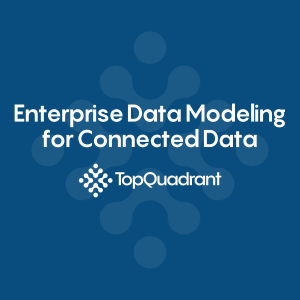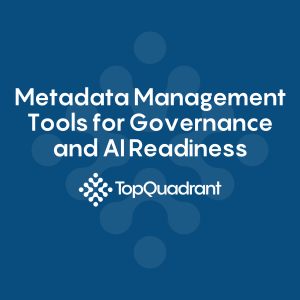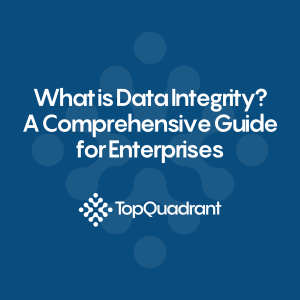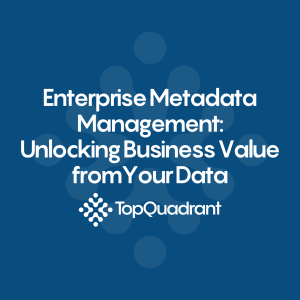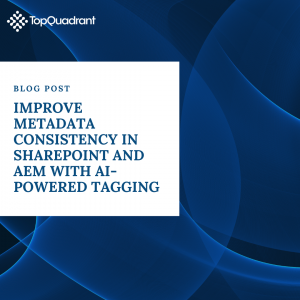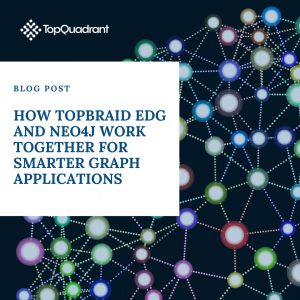Asset Management for Engineering and Design
Industry: Engineering and Design
Focus Area: Asset Management
Background
A national transport infrastructure agency needed to improve the management of organization-wide data, describing:
- Engineering assets in use
- The asset’s relevant characteristics
- Applications that managed operational metadata
Challenge
The client had developed an internal data model covering the data to be managed and wanted that to be the basis of the solution. At the time, the client had been managing engineering asset metadata using spreadsheets. This method had become challenging because the client had several thousand asset types, with tens of thousands of characteristics and hundreds of thousands of assets linked to the characteristics.
In addition to an asset information management application to be used by data stewards, the client needed a simpler view-only application to be available to a very large user community of more than 2000 users.
Solution
The client selected TopQuadrant’s TopBraid EDG because of the solution’s robust data management features, flexibility, and model-driven design.
The TopQuadrant Professional Services team began by defining a specialized EDG asset collection type to manage information about the client’s engineering assets. Additionally, a view-only application for published data was to be created and available on an agency-wide basis. The internal data model developed by the agency was transformed into a semantic knowledge model and used as the basis of both applications. The solution created a knowledge graph of transportation infrastructure assets.
The main application for the data stewards took advantage of the standard TopBraid EDG asset collection types functionality. Figure 1 shows the client’s data model used as the basis for the asset information managed using core TopBraid EDG functions.
The view-only application makes a filter- and text-based search available for the larger agency user community and allows viewing of the details of specific assets and related characteristics.
Figure 1 shows the viewer, listing all available asset types before the user has entered any search criteria.
In addition to the filter- and text-bases search capability, Figure 2 shows the viewing application where a hierarchy-based navigation was used to find an asset type and the condition attributes related to the specific asset type.
An index-based navigation is also available in the viewer application.
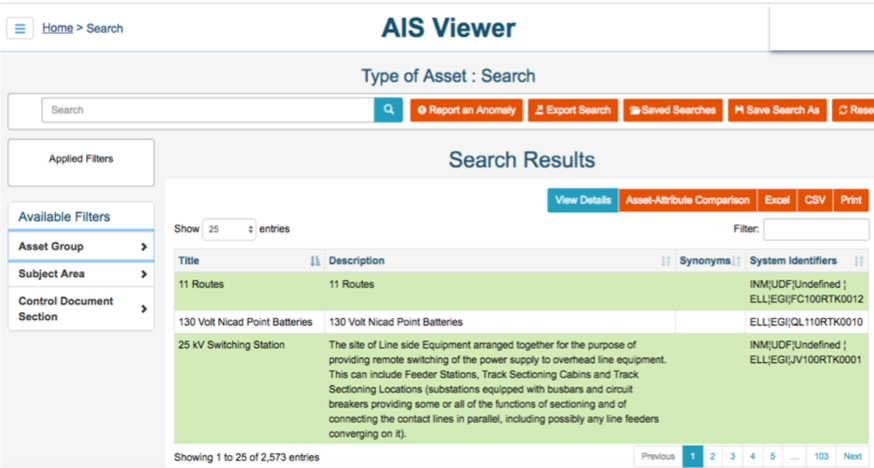
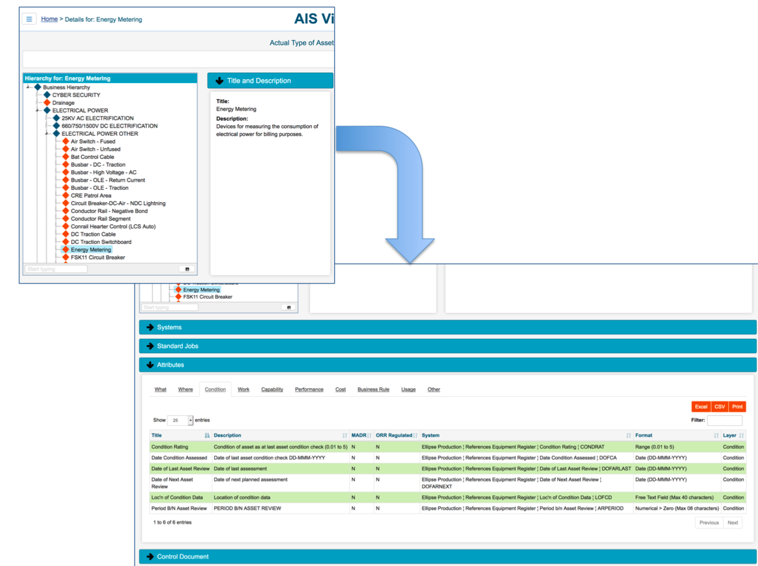
Results
Initial operations are active today, with the expectation to quadruple data content over the next year as more data migration occurs.
Future goals include the development of complex reporting and integration with other applications, and content context to extend beyond “asset” data.
-
Data Governance65
-
Vocabulary Management9
-
Knowledge Graphs42
-
Ontologies15
-
Data Fabric8
-
Metadata Management17
-
Business Glossaries6
-
Semantic File System9
-
Reference Data Management7
-
Uncategorized2
-
Data Catalogs15
-
Datasets11
-
Taxonomies4
-
News5
-
Policy and Compliance5
-
Life Sciences6
-
Automated Operations6
-
Financial Services9
-
AI Readiness22
-
Podcasts1
